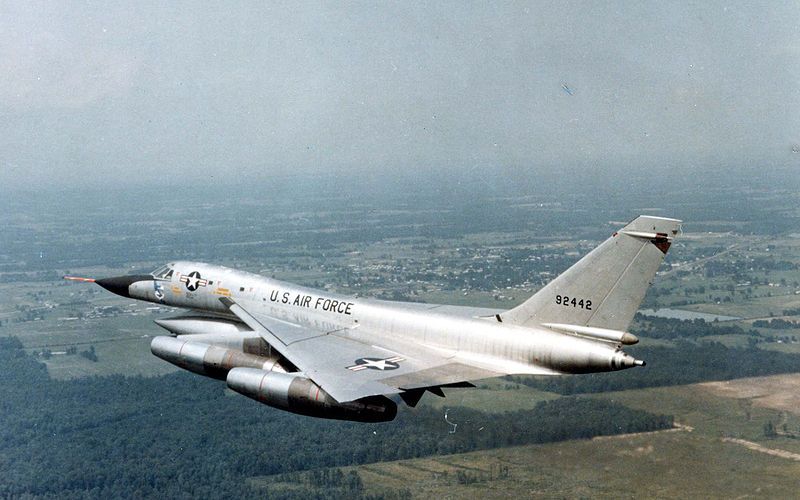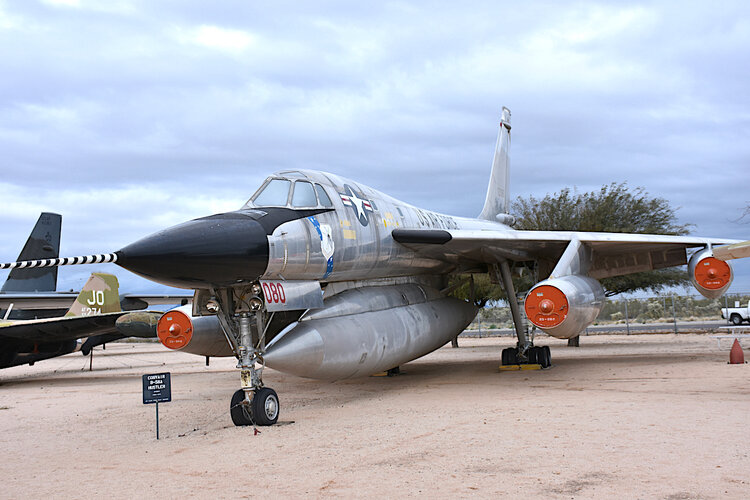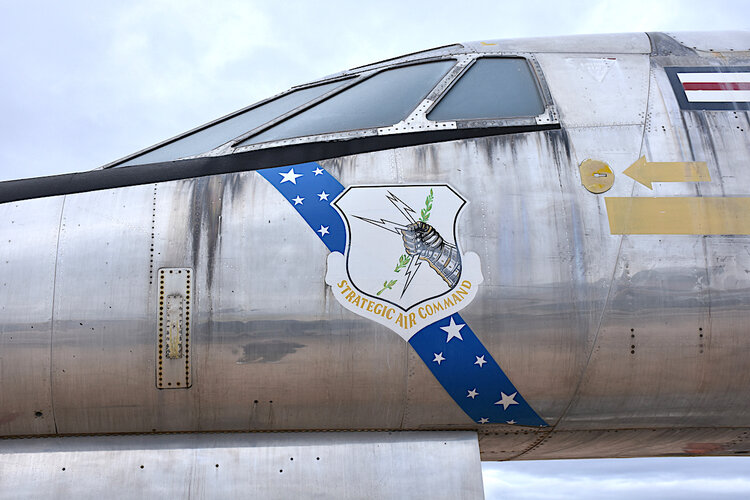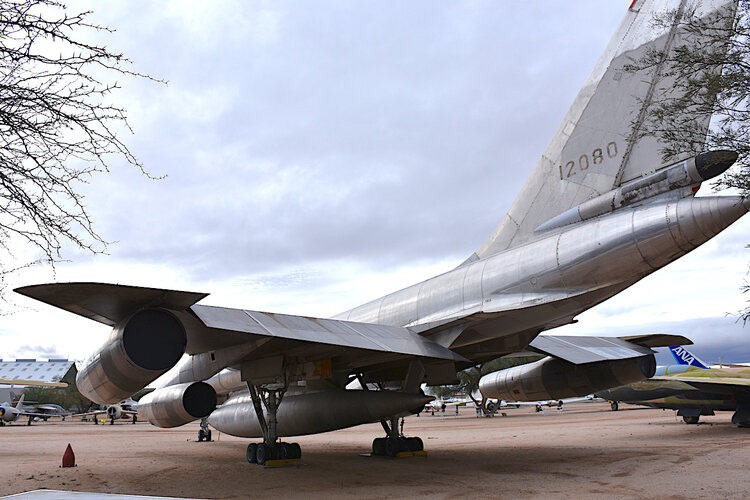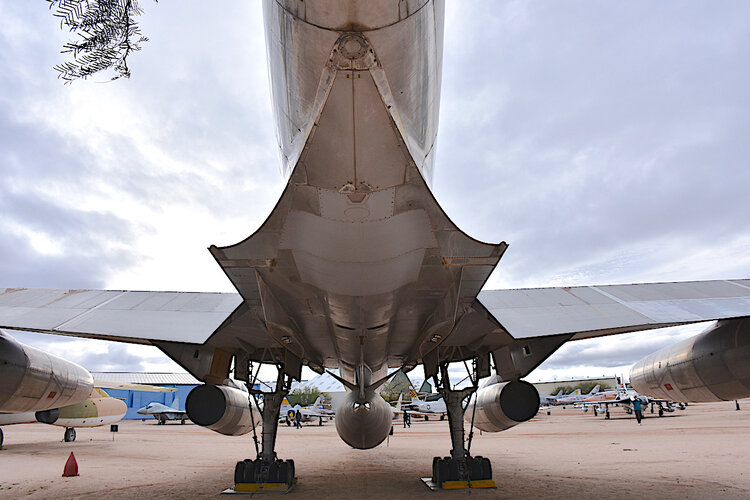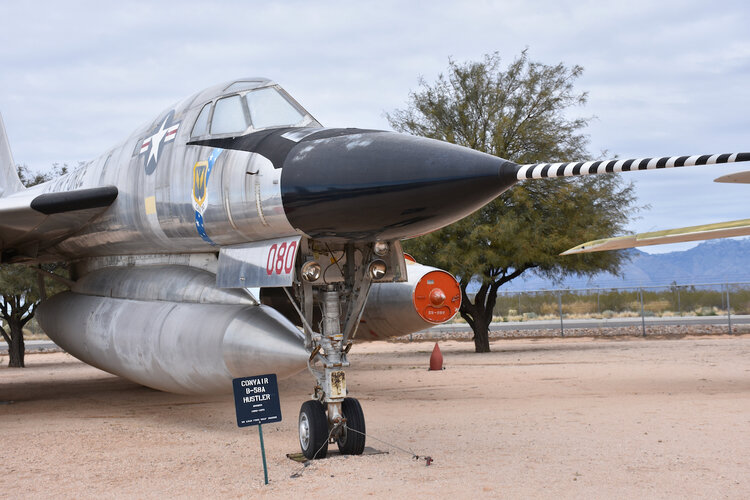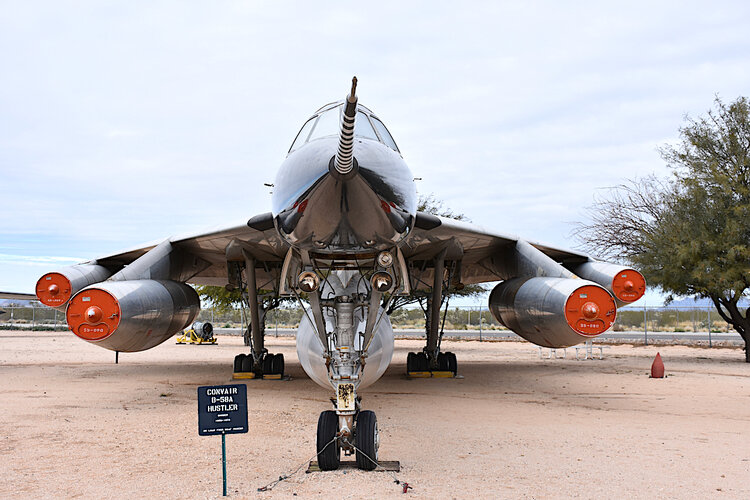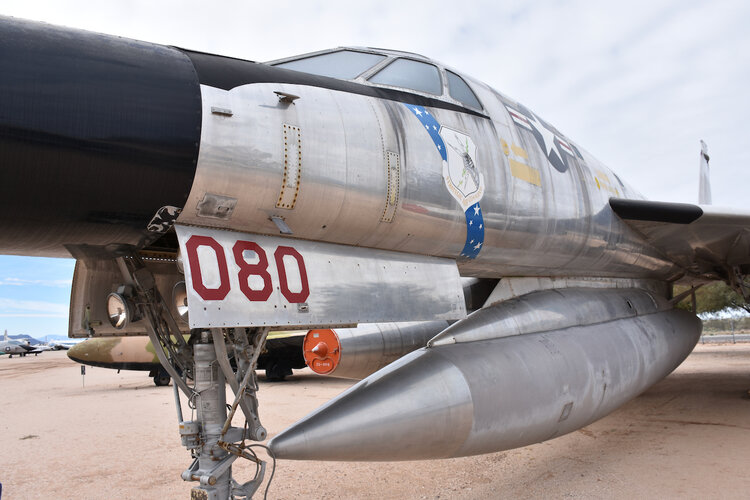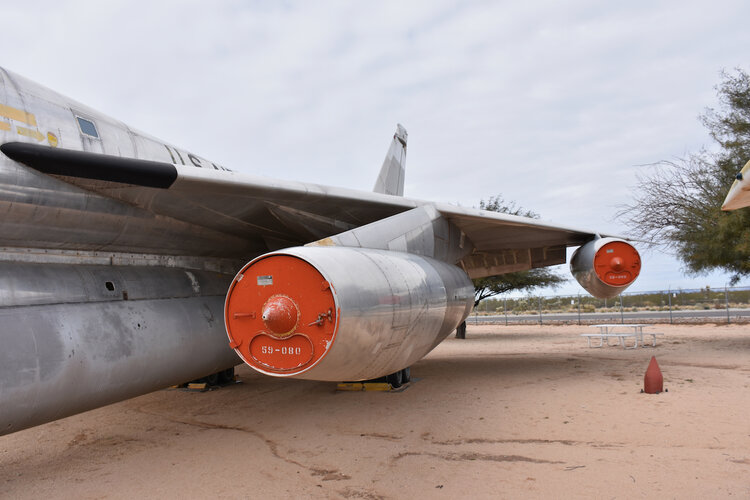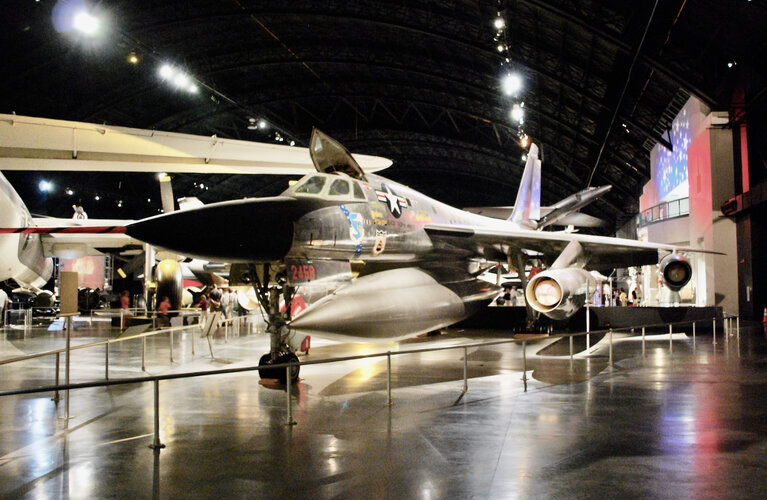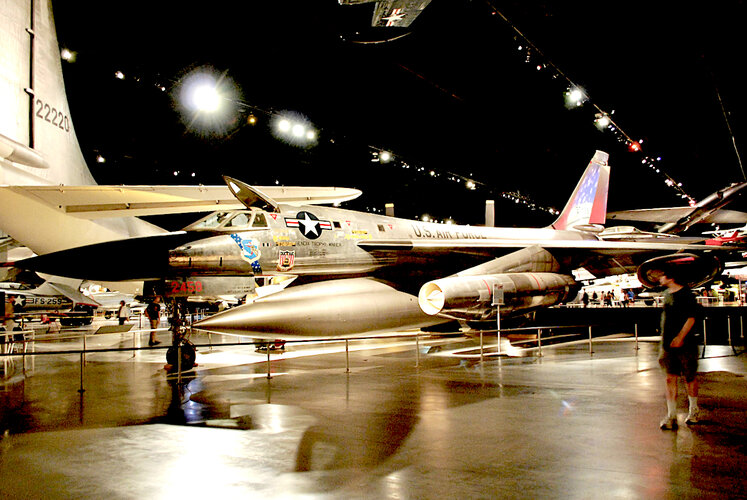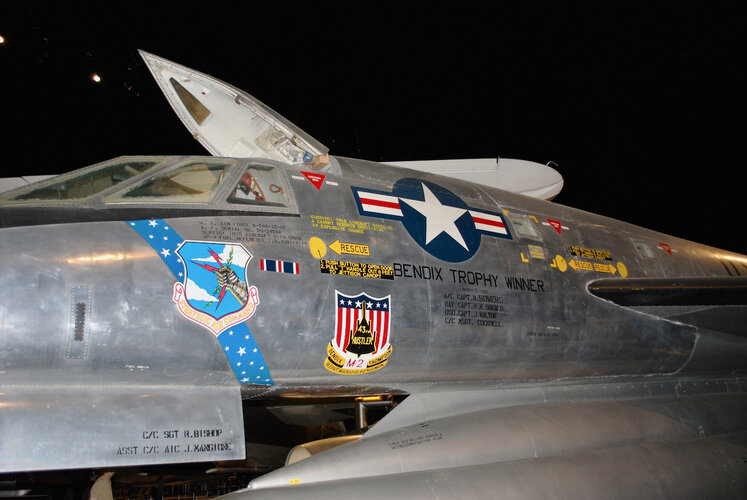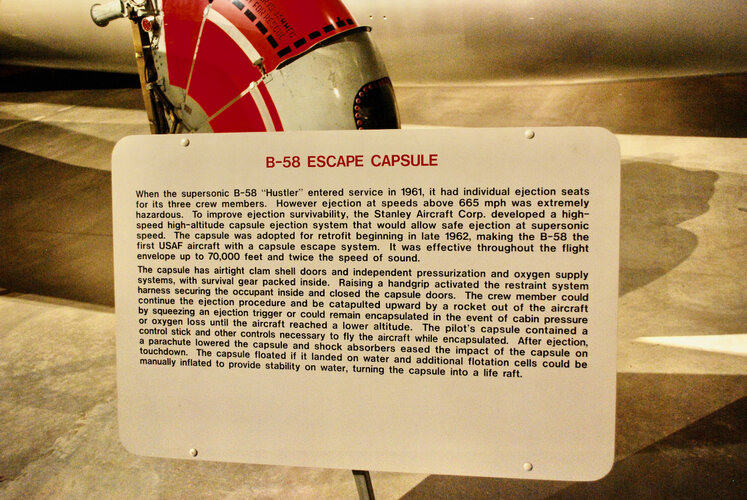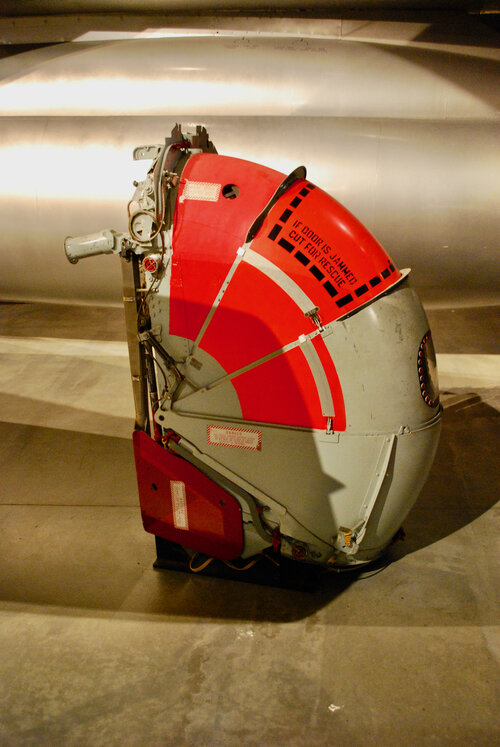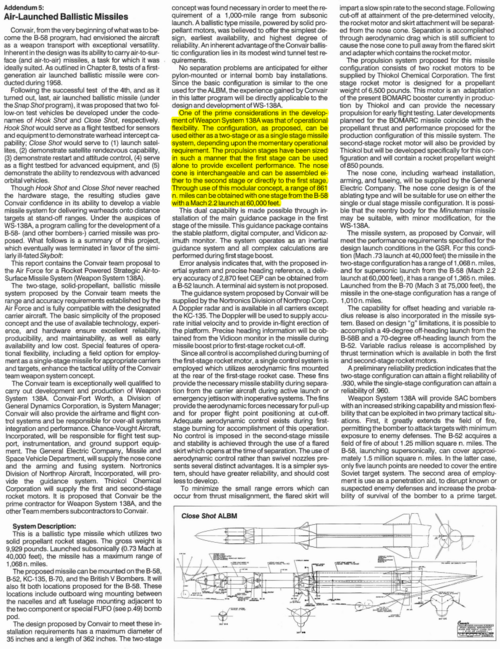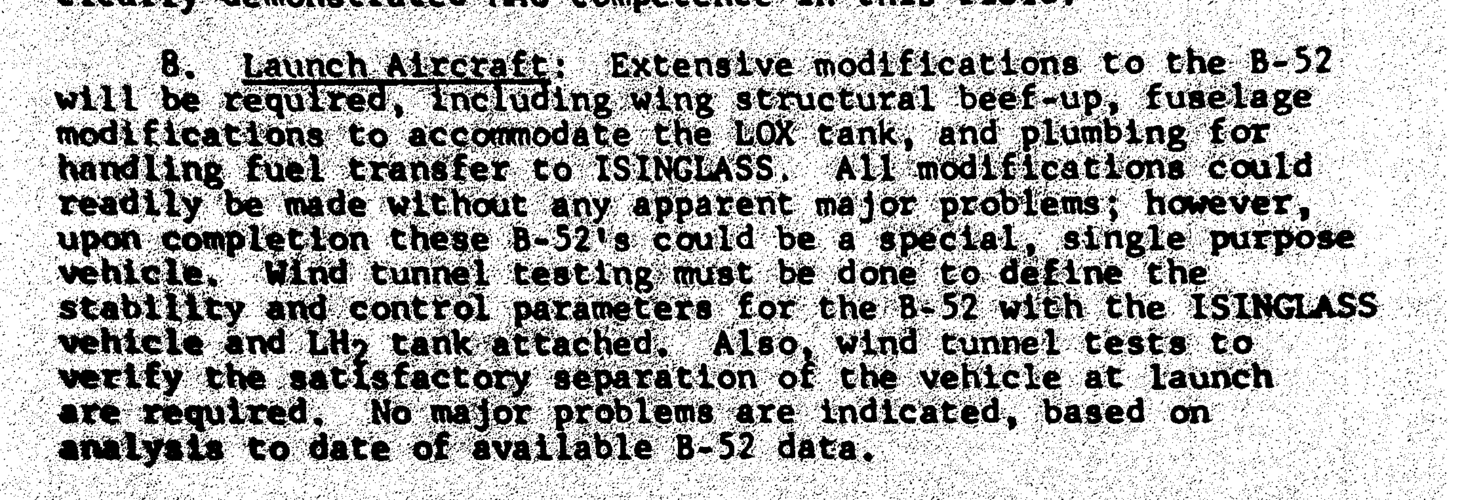Can't say that either. it never performed the task so your point was never validated. Was the A-12 "ideally suited" as mothership?
Given the B-58 was designed to carry large payloads externally, deploy them from high altitude and supersonic speed, and actually launched several successfully, I'd argue the facts are on my side. With other aircraft would do it better?
King Lofus IV
"Four missiles were initially ordered from Lockheed. The missile project was known under the code name High Virgo and was given project number 199C. In order to save money and speed up the project, Lockheed elected to use proven components from the XQ-5, the X-17, the Polaris and the Sergeant missile programs. The Lockheed-designed ALBM ended up being 30 feet long and had a diameter of 31 inches. The missile was to be guided by an Autonetics inertial system. The rocket engine was a Thiokol XM-20 solid-fuel motor offering a thrust of 50,000 pounds for 39 seconds. There were four guidance fins installed around the exhaust nozzle skirt. The total weight of the missile was about 12,000 pounds."
"On September 22, 1959, a final ALBM
(nicknamed King Lofus IV) launch was conducted,
again out of Eglin AFB, this time in an attempt to
intercept and photograph the newly launched
satellite. The launch, taking place at an altitude
of 37,500' and a speed of Mach 2, went smoothly,
but some 30 seconds later, all communication with
the missile was lost."
WS 138A
"One of the prime considerations in the development
of Weapon System 138Awas that of operational
flexibility. The configuration, as proposed, can be
used either as a two-stage or as a single stage missile
system, depending upon the momentary operational
requirement. The propulsion stages have been sized
in such a manner that the first stage can be used
alone to provide excellent periormance. The nose
cone is interchangeable and can be assembled either
to the second stage or directly to the first stage.
Through use of this modular concept, a range of 861
n. miles can be obtained with one stage from the B-58
with a Mach 2.2 launch at 60,000 feet."
"The missile system, as proposed by Convair, will
meet the periormance requirements specified for the
design launch conditions in the GSR. For this condition
(Mach .73 launch at 40,000 feet) the missile in the
two-stage configuration has a range of 1,068 n. miles,
and for supersonic launch from the B-58 (Mach 2.2
launch at 60,000 feet), it has a range of 1,365 n. miles."

